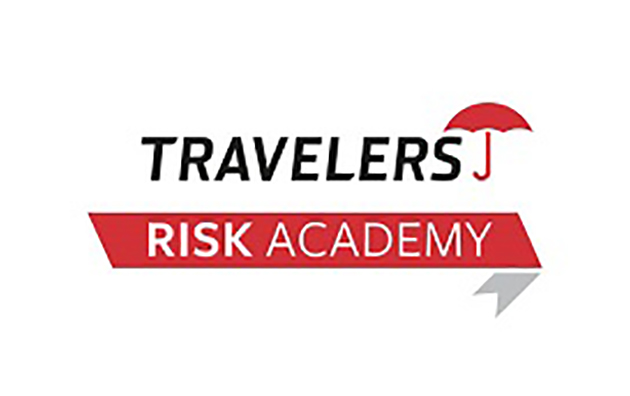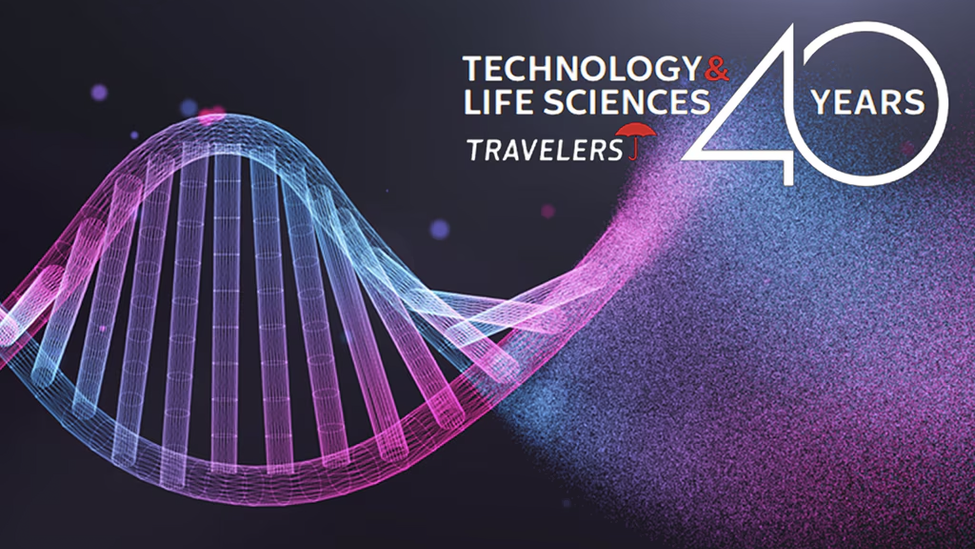Risk Management for the Technology Sector


Steps and guidance for technology companies to reduce their operational risks
Consider the need for risk control that offers industry specialisation and depth
Technology companies are rarely one and the same – in fact, their success depends on uniqueness and specialisation. Those traits expose them to risks that may not affect companies in other industries. Businesses that manufacture high-tech equipment and devices using highly sensitive precision instrumentation and laboratories face risks above and beyond those of other manufacturing companies. Information technology and telecommunications service providers handle software, web-based data delivery and network equipment systems that expose them to risks that differ from those common in other service industries. These specialised exposures require dedicated risk control.
Understand the risks posed by combustible materials during electronic testing
Businesses that conduct electronic testing, such as electromagnetic compatibility (EMC) and radio frequency (RF) testing, use a variety of sophisticated diagnostic equipment and test chambers. Much of this equipment uses combustible materials that are susceptible to fire and explosion. The materials pose a contamination risk as well, which can result in serious downtime and substantial clean-up costs. To avoid business delays and disasters, companies must study the range of risks electronic testing may pose and develop a detailed strategy to minimise them.
Design a clean room that reduces electronics manufacturing exposures
Businesses that produce high-sophistication electronics need to work in clean room environments. Their manufacturing processes can involve a wide variety of hazardous substances, including flammable, toxic and corrosive liquids and gases. When a business experiences even a small incident, the required decontamination work can result in significant down time and generate major expenses. Prevention of loss is vital. Businesses can minimise their risks by focusing on the design of the clean room, identifying exposures and determining controls related to the selection of materials, air flow management, and fire detection and protection systems.
Minimise business interruption exposures to compete globally
The technology industry is global, with companies manufacturing component and sub-assemblies around the world. Some technology companies have even taken their manufacturing and distribution operations offshore. When companies have operations that span great distances geographically, it can be a challenge to maintain quality control and acquire a full understanding of supply and distribution chains. Technology companies should conduct a detailed business interruption analysis to understand the extent and nature of their exposures and avoid costly interruptions.
Protect your professional practices by understanding their risks
When a business delivers hardware, software and firmware systems to specification, on budget and on time for customers, it faces many potential risks to success. To succeed, these higher-risk businesses must evaluate their challenges related to contractual, customer and project management and establish a thorough set of practices to minimise their exposures.
Develop practices to promote employees’ health and safety
When running a growing business, it isn’t often convenient to take the time to monitor and manage health and safety exposures, including changes in health and safety law that may require adjusting employer responsibilities. Still, all businesses need to avoid causing incidents that put employees at risk. Assessing all risks and developing best practices for employee health and safety can help a business stay a step ahead of workplace exposures.
Protect the integrity of your products
Product manufacturers must spend adequate time detailing their design specifications and getting customers’ full agreement and sign-off before they commence work. When these companies fail to provide sufficiently detailed contracts, expensive litigation can result. For this reason, it’s critical for product manufacturers to conduct a thorough analysis of their product liability exposures and have formalised quality assurance standards in place to manage them.
For more information, sign up to our Risk Academy, log in to the Risk Control Customer Portal, or email RCEUROPE@travelers.com



